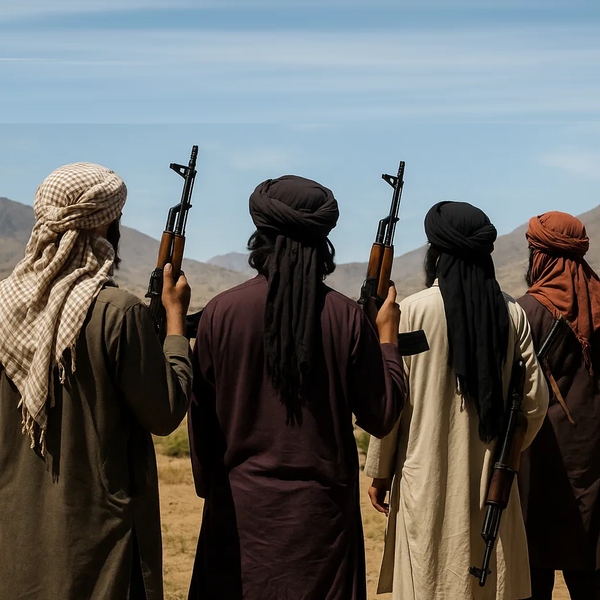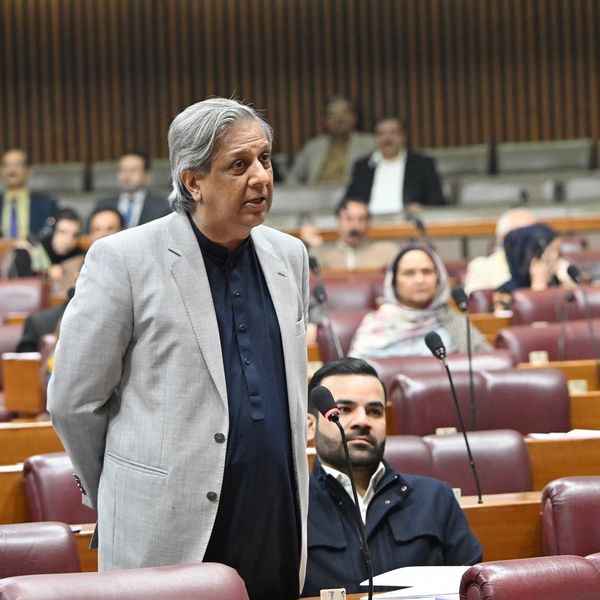Pakistan's Sindh braces for 'super flood' threatening 1.6 million people
Water levels at upstream barrages indicate potential devastation across 15 districts threatening 1.6 million people
Akhtiar Khokhar
Special Correspondent
Akhtiar Khokhar is a one of the karachi-based senior journalists. He has been doing investigative reporting for Pakistan's mainstream print and electronic media for the past 33 years, especially highlighting corruption and bad governance in government institutions and development projects.

Chief Minister of Sindh Murad Ali Shah speaks during a press conference about flood preparations on Sunday.
CM Sindh
1 million cusecs of water could hit within days
Government has established 948 relief camps
Agricultural sector faces massive crop losses
The chief minister of Pakistan's Sindh province warned Sunday that a massive flood could submerge entire riverside communities within days, prompting authorities to prepare the evacuation of 1.6 million people from the agricultural heartland along the Indus River.
Chief Minister Murad Ali Shah said rising water levels at upstream barrages indicate a "super flood" of more than 900,000 cubic feet per second (cusecs) could devastate 15 districts, 167 union councils and 1,651 villages across the southern province. The Indus River system, Pakistan's lifeline, flows through Sindh before emptying into the Arabian Sea.
"We are preparing for a super flood," Shah told reporters at Guddu Barrage, where water levels have been rising. "A super flood is 900,000 cusecs, although we hope that much water will not come."
He reported the provincial government has deployed over 5,300 personnel along 1,336 miles of embankments and established 948 relief camps in anticipation of mass evacuations. Pakistan Navy, Army and Rangers have positioned 192 boats in vulnerable riverine areas known locally as Kacha.
Shah outlined four administrative priorities: preventing loss of human life and livestock, protecting critical infrastructure including barrages, maintaining embankment integrity, and coordinating multi-agency relief operations.
Geography compounds flood risks
The warning comes as Pakistan continues recovering from devastating 2022 floods that killed over 1,700 people and caused $30 billion in damages. Climate change has intensified monsoon patterns and glacial melt in the country, making extreme flooding increasingly common.
Sindh's geography makes it particularly vulnerable to prolonged flooding. Unlike neighboring Punjab province, where floodwater quickly returns to rivers, Sindh's lower elevation relative to the Indus means water remains stagnant for extended periods.
"Sindh's land is below river level, so water doesn't return to the river quickly," Shah explained during his media briefing.

The Provincial Disaster Management Authority has identified several critical embankment sections as "extremely sensitive," including KK Bund and Shaheen Bund. Shah warned that Shaheen Bund may not survive the anticipated water volume due to structural limitations.
"If 800,000 to 900,000 cusecs of water comes, Shaheen Bund won't survive - its structure is such," he said.
Officials have implemented 24-hour monitoring with posts established every mile along embankments. Heavy stones have been stockpiled at weak points for emergency repairs, while night lighting enables continuous patrols.
Crops face massive losses
The potential flood threatens Pakistan's agricultural sector, with massive crop losses expected across affected districts.
Shah acknowledged that even if major structural damage is prevented, agricultural devastation appears inevitable, though he provided no guarantees about compensation for farmers.
"If not too much water comes, there won't be damage, but I think crops won't survive," Shah said.
In a significant policy announcement, the chief minister said houses destroyed in flood-prone Kacha areas would be rebuilt at higher elevations rather than their original locations, representing a shift toward long-term flood resilience.
Relief camps prepare for evacuees
The government has established medical aid camps stocked with essential medicines, including anti-venom for snake bites - a common danger when floods displace wildlife. Evacuees are expected to remain in relief centers for three to four days before return arrangements are made.
President Asif Ali Zardari and Pakistan Peoples Party Chairman Bilawal Bhutto Zardari are personally monitoring the situation, while provincial leadership has mobilized party workers for relief efforts.
Shah appealed to media outlets to maintain oversight while avoiding panic. "Media should definitely point out our shortcomings but don't spread fear," he said.
The threatened flood would affect 1,638,886 people across 273,148 families, making it one of Pakistan's largest pre-positioned disaster responses. Water from upstream Trimmu Barrage will take five days to reach Sindh, providing a crucial window for final preparations.










Comments
See what people are discussing